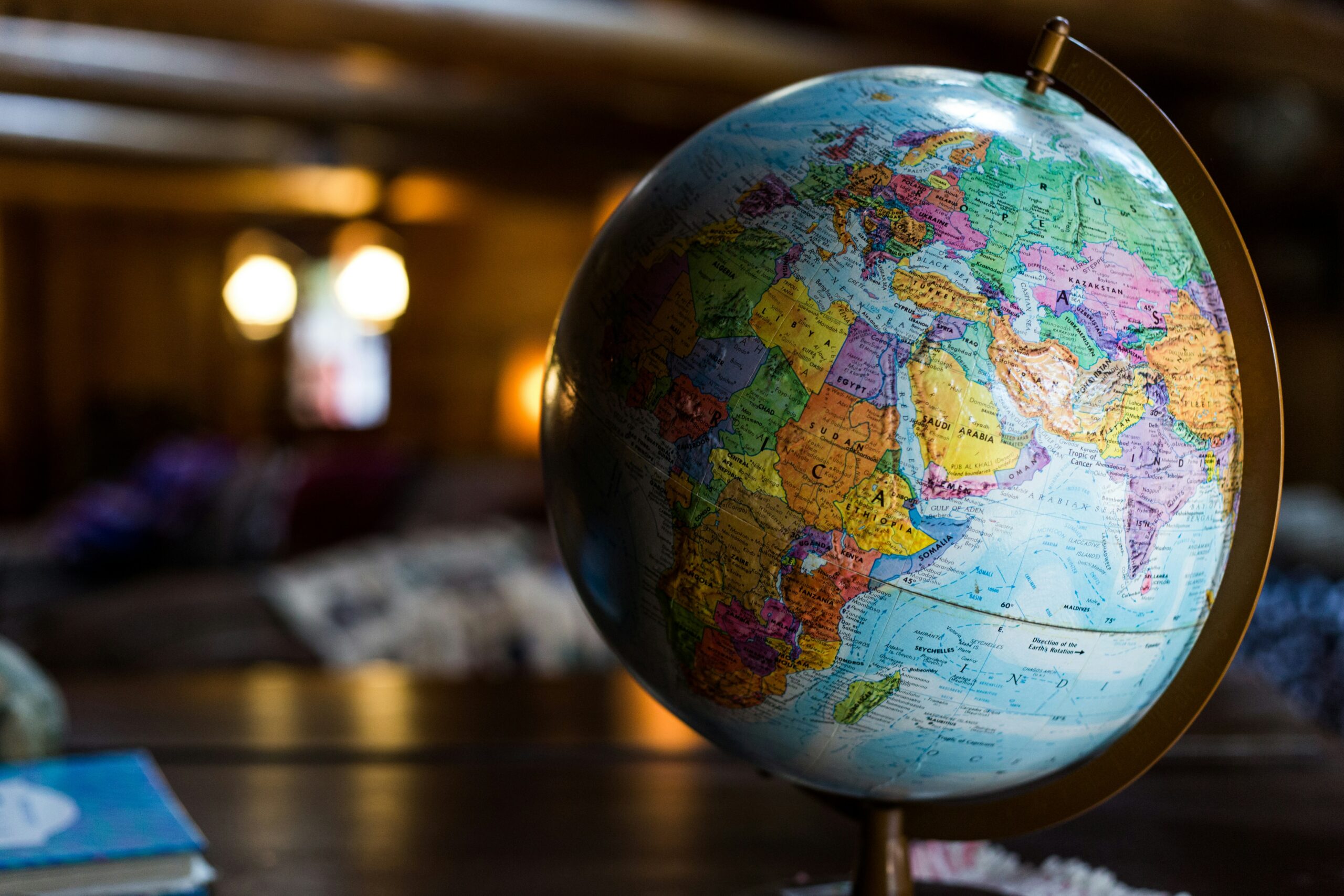Introduction: A Torch Relay Marred by Controversy
In March 2021, the Tokyo Olympic Torch Relay kicked off from Fukushima’s J-Village, a site symbolic of Japan’s 2011 nuclear disaster recovery efforts. Branded as the “Recovery Olympics,” the event aimed to showcase Fukushima’s revival a decade after the earthquake, tsunami, and nuclear meltdown that displaced over 160,000 people. But the decision to start the relay in a region still grappling with nuclear contamination drew fierce criticism. Victims and activists, including evacuees, denounced the event, with one protester’s cry—“You are spreading bullshit!”—echoing the frustration of those who felt the Olympics glossed over unresolved issues. Compounded by the COVID-19 pandemic, dubbed “Wuhan pneumonia” in early discourse, the relay sparked debates about health risks, government priorities, and the truth about Fukushima’s recovery.
This article dives into the controversy surrounding the Fukushima torch relay, the voices of nuclear disaster victims, and the intersection with global COVID-19 fears. It explores why the event, meant to symbolize hope, instead ignited anger and distrust among those still living with the scars of 2011.
The Fukushima Torch Relay: A Symbol of Recovery or Denial?
On March 25, 2021, the Olympic Torch Relay began at J-Village, a soccer training center in Naraha, Fukushima, just 20 miles from the Fukushima Daiichi nuclear plant. The site, used as a frontline operations base during the 2011 nuclear crisis, was chosen to highlight Japan’s progress since the triple disaster—earthquake, tsunami, and nuclear meltdown—that killed 18,000 and displaced 160,000. The “Recovery Olympics” narrative aimed to project a revitalized Fukushima, but the reality was far more complex.
Key Details of the Relay
- Location and Symbolism: J-Village, reopened for sports in 2019, hosted the relay’s “Grand Start” with 300 invited guests and no public spectators due to COVID-19 restrictions. The 121-day relay involved 10,000 runners across Japan’s 47 prefectures, ending in Tokyo for the July 23 opening ceremony.
- Nuclear Context: Fukushima still had 35,703 evacuees unable to return home as of March 2021, with radiation concerns lingering. A 2019 Greenpeace survey found radiation hot spots at J-Village, with levels up to 71 microsieverts per hour—far above safe limits.
- COVID-19 Backdrop: The relay occurred during a global pandemic, with Japan reporting 1,099 daily cases in Osaka alone by April 2021. Public health fears led to reroutes, like Osaka’s relay moving to a closed park.
- Public Reaction: A Kyodo News poll showed 35.9% wanted the relay canceled entirely, with 49.3% supporting cancellation in high-COVID areas, reflecting widespread skepticism about the Olympics.
The relay’s start in Fukushima was meant to inspire, but for many, it felt like a government-orchestrated facade masking ongoing struggles.
Voices of Protest: Victims Speak Out
Fukushima’s nuclear disaster victims, particularly evacuees, were vocal in their opposition. Saki Ookawara, a spokeswoman for a nuclear evacuee advocacy group, criticized the relay as a political tool to falsely portray Fukushima as fully recovered. “I don’t understand why Japan is hosting an Olympics when the nuclear disaster has not been fully resolved,” she told CNN, highlighting the 35,703 residents still displaced in 2021.
A protester driving by the relay route with a loudspeaker shouted, “You have to be joking! Everyone knows we can’t have the Olympics,” capturing the raw anger of those who felt the event ignored their plight. Others, like Yuji Onuma, a former Futaba resident, stood amid derelict homes and expressed despair over plans to discharge contaminated water into the sea, further threatening Fukushima’s fisheries. These voices underscored a central grievance: the Olympics diverted resources from recovery, with Tokyo’s $15.4 billion budget dwarfing Fukushima’s reconstruction funds.
The COVID-19 Connection: “Wuhan Pneumonia” and Public Health Fears
The relay’s timing, amid the COVID-19 pandemic—initially termed “Wuhan pneumonia” or “new coronavirus” in early 2020—amplified concerns. Japan had 695 confirmed cases by February 2020, mostly from a Yokohama cruise ship, and fears of virus spread during the relay were palpable. The event’s 10,000 runners and planned public gatherings raised alarms, especially after a policeman tested positive for COVID-19 during the relay in April 2021.
Pandemic Challenges
- Health Risks: Organizers enforced masks, social distancing, and “quiet cheering” to mitigate virus spread, but a cluster of cases emerged among relay staff on Amami-Oshima island.
- Public Opposition: Up to 80% of Japanese citizens opposed holding the Olympics, citing health risks and strained medical systems, as Osaka’s hospitals neared collapse with 878 daily cases in April 2021.
- Global Context: The pandemic, which originated in Wuhan and led to 3,226 deaths in China by March 2020, fueled skepticism about large-scale events like the Olympics.
Critics argued that hosting the relay in a nuclear-affected area during a pandemic was reckless, prioritizing global optics over local safety.
Fukushima’s Unfinished Recovery
The “Recovery Olympics” narrative clashed with Fukushima’s reality. While new roads, apartment blocks, and a tsunami wall signaled progress, key issues persisted:
- Displacement: Over 35,000 evacuees remained unable to return, with towns like Futaba only partially reopened.
- Radiation Concerns: Greenpeace’s 2019 findings of radiation hot spots at J-Village sparked fears, with levels risking recontamination of public areas during heavy rain.
- Resource Diversion: Sports journalist Dave Zirin noted in 2019 that Olympic preparations siphoned resources from Fukushima, slowing recovery efforts.
- Economic Impact: Plans to release contaminated water into the sea threatened Fukushima’s fisheries, already struggling with public distrust over produce safety.
Futaba Mayor Shirou Izawa called the partial lifting of evacuation orders “major progress,” but evacuees like Onuma saw it as insufficient, accusing the government of using the Olympics to mask ongoing challenges.
Why the Controversy Mattered
The Fukushima torch relay controversy highlighted deeper tensions:
- Government Narrative vs. Reality: The “Recovery Olympics” branding, pushed by Prime Minister Shinzo Abe, was seen as propaganda, ignoring evacuees’ struggles and radiation risks.
- Public Health vs. Prestige: Holding the relay during COVID-19, with minimal vaccinations (Japan’s rollout was slow, with only 1% vaccinated by April 2021), prioritized Olympic sponsors like Coca-Cola and Toyota, who paid $1 billion to the IOC, over public safety.
- Victim Voices Amplified: Protests gave evacuees a platform, with social media amplifying their message globally. A Weibo post quoting the “spreading bullshit” protest went viral, reflecting shared frustration in China and beyond.
The relay’s start in Fukushima, meant to symbolize resilience, instead exposed unresolved wounds and public distrust, both in Japan’s recovery efforts and its handling of the pandemic.
Navigating the Fallout: Responses and Reactions
The controversy prompted varied responses:
- Government Defense: Reconstruction Minister Kazunori Tanaka vowed to work with local officials to promote a “positive view” of the Olympics, but critics like Ookawara saw this as dismissive.
- Local Perspectives: Residents like Rina Sakuraba, a torchbearer from Futaba, hoped the relay would highlight recovery efforts, saying, “I hope it brings awareness to people worldwide that we’re still struggling but working hard.”
- Olympic Adjustments: Organizers rerouted the relay in Osaka and banned spectators at the Fukushima start to curb COVID-19 risks, but these measures failed to quell public anger.
The relay proceeded, but its symbolic weight was overshadowed by protests and health concerns, with one virologist noting, “It’s getting very difficult to persuade people to stay at home because we are holding the Olympics.”
Lessons from Fukushima’s Olympic Moment
The controversy offers key lessons:
- Transparency Matters: Downplaying radiation risks and recovery challenges fueled distrust, as seen in Greenpeace’s unanswered warnings to Japan’s Ministry of Environment.
- Prioritize People: Diverting resources to the Olympics while evacuees struggled highlighted misplaced priorities, a sentiment echoed by 80% of Japanese opposing the Games.
- Health First: Holding large events during a pandemic, especially in a nuclear-affected area, risked public safety, as evidenced by the Amami-Oshima cluster.
For future global events, balancing symbolism with reality is critical to avoid alienating affected communities.
Real Stories: Voices from Fukushima
The human toll was palpable. Mai Sakata, a 31-year-old Fukushima homemaker, expressed disappointment when the 2020 relay was canceled due to COVID-19, saying, “I was looking forward to the torch relay, but postponement was the right move for safety.” Yuji Onuma, standing amid his abandoned neighborhood, lamented the government’s focus on the Olympics over local needs, fearing further damage to Fukushima’s fisheries. These stories reflect a community torn between hope for recovery and frustration with being used as a backdrop for global spectacle.
Why 2020–2021 Was a Turning Point
The Fukushima torch relay, delayed from 2020 to 2021 due to COVID-19, crystallized tensions between Japan’s global ambitions and local realities. With the pandemic claiming 1.8 million lives globally by late 2020 and Fukushima’s recovery incomplete, the decision to proceed sparked a reckoning. The relay’s start in a nuclear-affected area, coupled with terms like “Wuhan pneumonia” in early discourse, fueled international scrutiny, with social media amplifying protests. The controversy reshaped Japan’s Olympic narrative, exposing the limits of using mega-events to mask systemic challenges.
Conclusion: A Flame of Hope or a Spark of Anger?
The 2020 Tokyo Olympic Torch Relay, starting in Fukushima’s J-Village, was meant to light a path to recovery but instead ignited protests from nuclear disaster victims who called it “spreading bullshit.” Their anger, amplified by COVID-19 fears and unresolved radiation concerns, exposed the gap between Japan’s “Recovery Olympics” narrative and the reality of 35,703 displaced evacuees. As the relay wound through Japan’s 47 prefectures, it carried not just a flame but the weight of a community’s unresolved pain.




